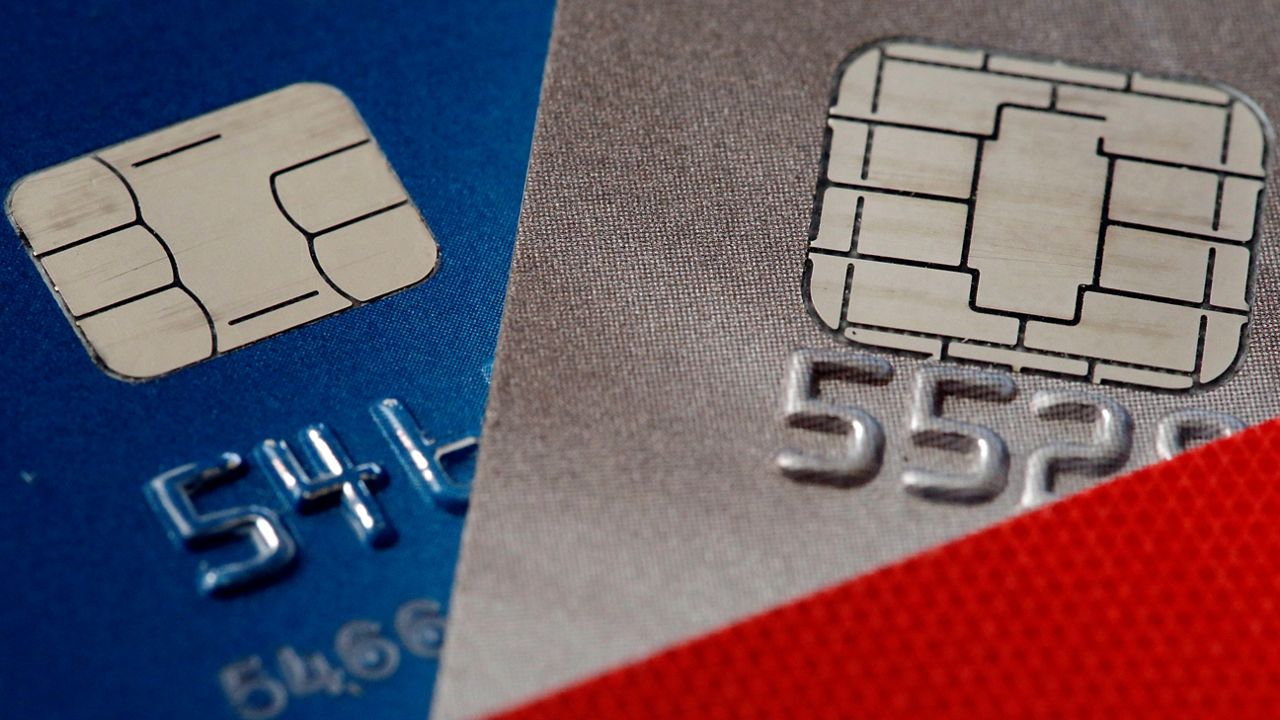Inflation is cooling, but the effects of higher prices are weighing on American consumers.
U.S. household debt hit $17.06 trillion in the second quarter, according to the Federal Reserve Bank of New York, with credit card and auto loan balances — and delinquencies — seeing some of the largest increases.
Credit card balances alone topped $1 trillion for the quarter that ended in June, as Americans who have run out of cash turn to credit. The share of credit card debt that is transitioning into delinquency increased 0.7% between April and June.
“Credit card balances saw brisk growth in the second quarter,” New York Fed Regional Economic Principal Joelle Scally said in a statement. “And while delinquency rates have edged up, they appear to have normalized to pre-pandemic levels.”
With car prices hovering near record levels, auto loan balances are also on the rise. They hit $179 billion in the second quarter. The Fed attributed the increase to larger loans for more expensive vehicles, despite auto sales remaining below pre-pandemic levels. Auto loan delinquencies also increased between April and June by 0.4%.
Other types of loans were mostly unchanged. Mortgage balances were largely the same compared with the first quarter because of slowing sales in the housing market. Student loan balances fell to $1.57 trillion, with reported delinquencies declining to historic lows because of the federal repayment pause that is continuing through Aug. 31.
“Despite the many headwinds American consumers have faced over the last year — higher interest rates, post-pandemic inflationary pressures and the recent banking failures — there is little evidence of widespread financial distress for consumers,” the New York Fed noted in an accompanying blog post explaining the data. “American consumers have so far withstood the economic difficulties of the pandemic and post-pandemic periods with resilience.”
They added that rising balances will present challenges for some borrowers, as will the resumption of student loan payments in September. Still, they said, “household credit shows some early signs of stabilizing at pre-pandemic health, albeit with higher nominal balances.”



